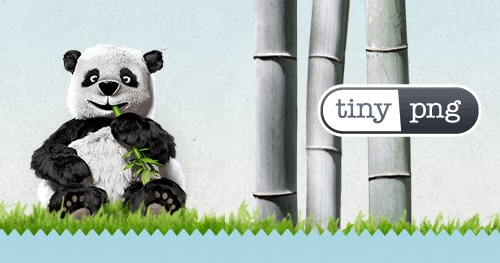Not all images are created equally. In this article, you’ll learn several techniques to optimize images for the web. The amatuer web developer believes that they can simply drag and drop images to their website and all is well. The truth is very far from this idea. You must optimize images for the web to avoid website performance issues.
Search engines, like Google and Bing, don’t have eyes. Instead, they rely on crawlers to process the content, media, and code on web pages to index them to rank on search engine results pages.
These crawlers must be able to process each image you use on your website. If your image isn’t optimized, many errors will follow that can slow down your website’s speed. Here are some ways you can optimize your images for better website performance.
Name Your Images in Plain, Descriptive Language
It’s very easy to download tons of images and keep them in their original file name. However, when it comes to image SEO, it’s important to use keywords in the file name. The reason why is to help your images rank online, as they’ll promote the page that it’s on.
Search engine crawlers will process your image file names. Therefore, if an image of a red car on your website is named “01022img10.jpg”, the crawlers will have a hard time understanding what the data is.
Optimize Images for the Web with Alt Text
Alt, or alternative, text is the data crawlers refer to when they still can’t process and render an image. There are so many reasons why having alt-text is beneficial, which include:
- Alt text is the last resort option for crawlers to reference if they still can’t understand what your image is about.
- Alt text helps your website stay ADA compliant. Screen readers, used by people with visual disabilities, rely on alt text to feed information back to their users.
- Alt text can be rendered and allow images to rank online.
You should include your primary keyword in the image alt text, but remember to keep the text concise. For eCommerce product descriptions, alt text can help images rank even better on Google and other search engines.
Reduce the File Size of your Images
Images are data, much larger than any type of text. Crawlers have to work overtime to process images. This is why you’re much more likely to see text on a slow web page while the images take time to load.
To avoid this, you should reduce the file size of your images. Why? Here are a few things to consider:
- Nearly 50% of consumers won’t wait even three seconds for a website to load.
- Amazon concluded in a report that if their page loading times were just a second slower, they would miss out on $1.6 billion in sales!
- Google uses website speed as a ranking factor in their algorithm.
There are a wide variety of free tools you can access to reduce the file size of your images, such as Adobe Photoshop and TinyPNG.

Choose the Right Image File Type
The three most common image file types are: PNG, GIF, JPEG (JPG). Here are the best uses for each format:
- JPG: This is the golden standard format you can use for any purpose. JPG images are high quality while retaining a moderate file size.
- PNG: PNG are higher-quality images unlike GIF images, but have a larger file size. Use them with caution.
- GIF: Use GIF for thumbnails and decorative images and never for large product images. These are very large images and there is no way to reduce them.
Website Care Includes Image Optimization
As you can see, properly optimized images are imperative for website performance. Our Standard and Pro Website Care Plans include ongoing image optimization so you can focus on finding the ideal image and we will make sure it doesn’t negatively impact your website.
Image by StartupStockPhotos from Pixabay

